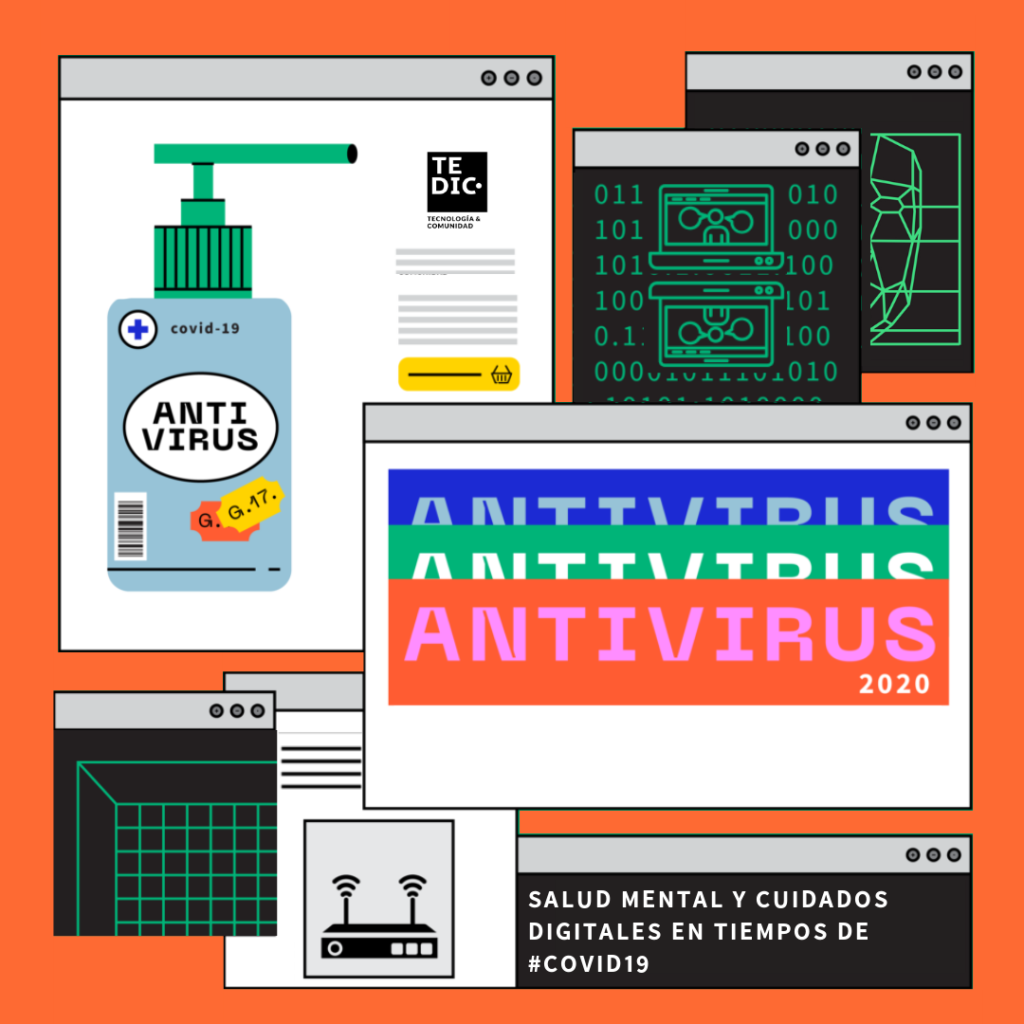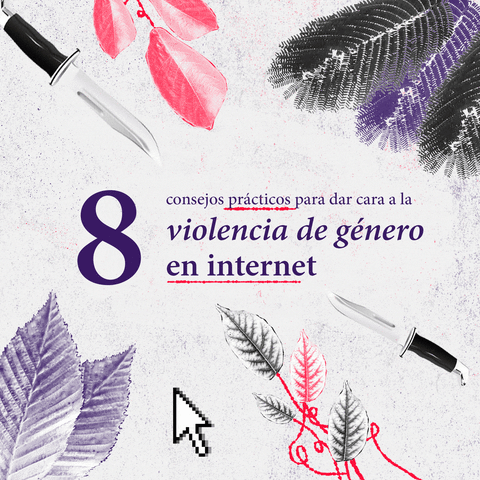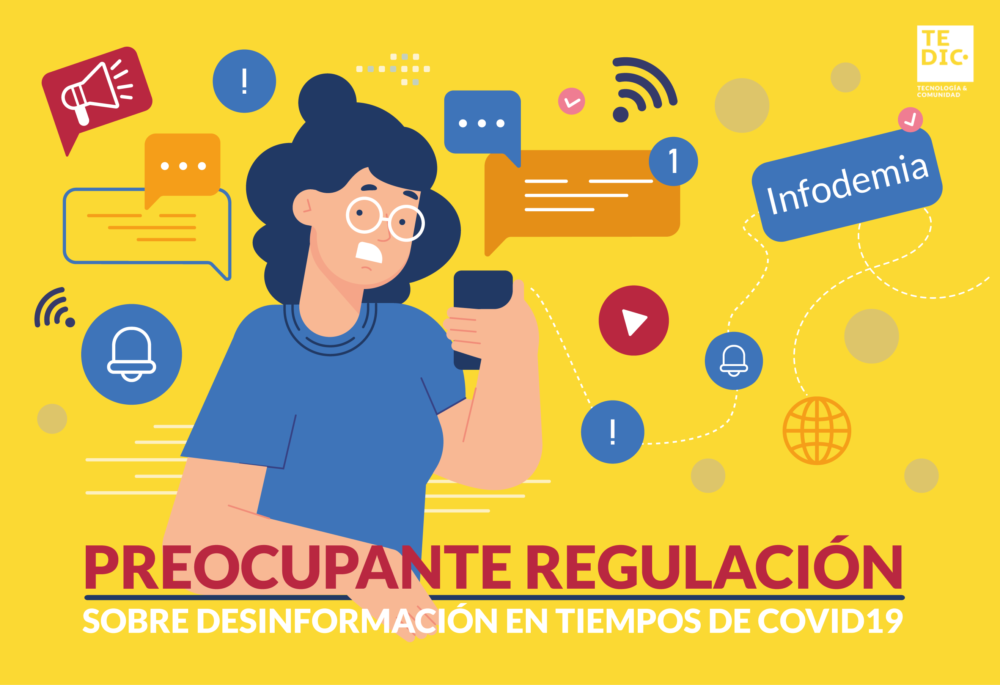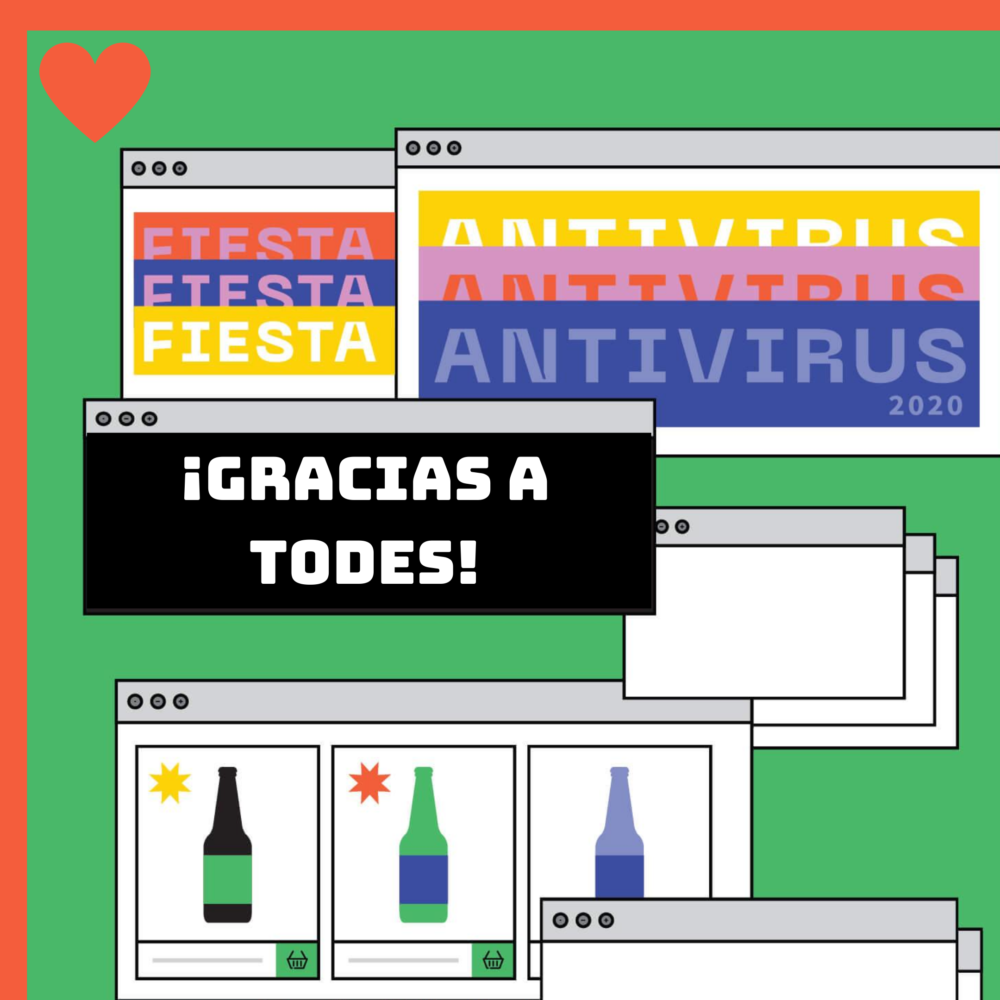
Much has changed in recent months, and very abruptly. We spend much more time between our four walls than we would normally choose to spend. People who have children face suddenly the added task of finding out what to do with them all day long, caring for them and helping them to go through these times and what this transition entails. Some people are working from home, even with a heavier hour load, while some are finding it hard to have a fixed or stable income in times when social gatherings are not allowed.
These new conditions require new behaviors and habits, having our minds in a constant search for solutions to the different challenges before us. Given this situation of uncertainty, the loss of routine and also of opportunities, our psychoemotional well-being can be considerably affected. We are in a state of constant recalibration and adjustment, sailing without a compass, and as a way of mentally escaping our situation of self-closure and concern, we find ourselves increasingly immersed in digital spaces, trying to maintain our ties and at the same time looking for ways to access information, to express ourselves and to maintain a feeling of closeness despite the distance.
In this post, and within the framework of the #MentalHealthMonth, we want to share with you some tips and tools that could be helpful when interacting with technology, understanding its relationship with our psychoemotional well-being and our cognitive processes, as well as to highlight the importance of taking a break in these times of global uncertainty.
Questions to connect with our head that fights or flees
The current conditions of quarantine and social distancing imposed in order to face this situation of pandemic and crisis, require from us new behaviors and new habits that put our minds in a struggle, constantly looking for solutions to the new challenges we face, such as:
- handling concerns about ourselves, people around us, and the future;
- dealing with much more intense levels of anxiety and stress;
- trying to find a daily routine;
- reconciling workload and family care at home;
- maintaining contact with others;
- trying to be up to date with the obligations and rhythms of virtual work, as well as having to use certain tools for the first time.
Faced with these and many other challenges, combined with an uncertain global scenario, we may find ourselves in a “fight-or-flight” situation, constantly forced to fight or flee from situations that worry and overwhelm us. This feeling of alertness, anxiety and stress may be beneficial in some cases, since it keeps us alert and ready to act in key situations, such as when we have to take an exam, deliver a report or product, wash our hands and wear face masks when going out, among others. On the other hand, this feeling can be harmful when that state of alertness is a constant one, from which we cannot disconnect, and which leads us to a vicious circle in which we constantly think about certain problems or challenges without directing efforts towards finding a solution, which in turn leads us to a state of despair and even hopelessness, linked to depression.
Our cognitive performance is impacted by our emotional state, leading us to distort certain situations, which contributes to a cycle of anxiety and stress. Specifically, the prefrontal cortex in our brain (which handles complex cognitive processes such as memory, reasoning, problem solving or planning) and the amygdala (a part of our limbic system that regulates our emotions) are affected, creating a network of over-concern and fear that can influence the way we think and feel, and this influence can be magnified when inhabiting digital spaces in which we may find ourselves comparing, assuming, and many times speculating that other people are in a better situation than ours.
In these cases, the area of Cognitive Psychology identified certain dynamics of thought, known as cognitive distortions, that hinder an objective and useful vision of our own situation. These distortions were proposed by the psychologist Aaron Beck in 1976 and popularized by the psychologist David Burns in 1980. Here are some of them:
- Minimizing and Filtering OutPositive Aspects: Do you consider that your positive characteristics or experiences are real but insignificant? Do you usually ignore positive experiences that happen to you just because they conflict with your negative vision of things?
- Emotional Reasoning: Do you assume that your unhealthy emotions reflect the way things really are?
- Mind Reading: Do you assume that others react negatively to you, without evidence that this is the case?
- Catastrophizing: Do you see negative events that may occur as intolerable catastrophes, instead of seeing them from a more optimistic perspective?
- Polarized Thinking: Do you always see a situation as something very positive or something very negative, as black-or-white, with no shades of gray?
- Selective Abstraction: In a complex situation, do you focus on one aspect, ignoring the other relevant aspects to consider?
- Personalization: Do you assume that you are the cause of some particular external event, when in fact other factors are responsible?
Asking ourselves these questions allows us to identify what is really going on, analyze the type of distortion we may be suffering, and reinterpret the situation based on the questioning and reformulation of negative thinking, turning it into something more realistic, as many times as necessary. It is a practice that helps us to have an understanding of our cognitive functioning in these times of crisis, as well as in times of change, pressure, conflict and uncertainty.
Let our work be based on care
Right now, the dynamics of social distancing and staying in our homes are based on promoting care, in a certain way. But in the face of certain demands that arise from having online exchanges much more frequently, and adding the new challenges that we mentioned above, we also need to think about the care of our thinking and feeling: our social, psychological and emotional well-being, not only at an individual level but also at a collective level.
At times when our online interactions have increased, how do we take care of ourselves when inhabiting these virtual spaces? How do we continue to maintain human interactions, links, and ways of communicating? Our colleagues from FAU-AL (Urgent Action Fund of Latin America and the Caribbean), whose axis of work puts care at its center, give advice and propose various practices to take into account for the care of our digital bodies and our emotional well-being in these times of crisis, based on their experiences as a remote work team. Here we share them:
- We are not alone: It is important to recognize that we have different use and experience levels regarding technology. Based on these differences, agreements must be established on the communication channels that we use, to promote good interactions with the least possible stress levels.
- Let’s cultivate assertive communication: The FAU-AL colleagues recommend that we transmit things in a timely and direct way to avoid accumulating tensions and concerns. In urgent situations, consider making direct calls or videocalls when necessary, in order to build secure communication spaces where there are no virtual monologues (as is usually the case with text or audio messages), but instead a space for dialogue and active listening that leads to resolution and alleviates anxieties or uncertainties.
- UBUNTU: The word ‘ubuntu’ comes from languages of the South African region, and can be translated as “I am because we are”. This concept is used to talk about the sense of union, cooperation and solidarity between people, building bonds of trust. This translates to the digital world in the ability to trust the skills and intentions of other people when working together. Our colleagues talk about the importance of being able to assume the best of intentions, understanding that when interacting from a distance (through text messages or emails for example), things are often transmitted without the inherent emotions or nuances. Therefore, confidence and assuming the best intentions becomes essential to avoid falling into the cognitive distortions we mentioned above, that generate anxiety and stress.
- Let’s take a pause: Let’s take an active pause, get away from our computers and devices, take time to breathe long and deep, move our body, stretch a little, and give our eyes a rest. Without pausing, we don’t take the time to recalibrate energies, which impacts our performance and what we think or feel.
- Let’s be aware of our digital privileges: This is something that we at TEDIC also recognize since, although we work from the framework of using free software and secure tools, we know that many times these are not accessible to all people, given that our levels of autonomy and the possibility of choosing vary according to our contexts. Let’s put these differences into their dimension, and with empathy support people to make use of technological tools in a safe and agile way. It is a process that requires patience and sorority ?
- A call for calm: It may happen that the Internet goes down, that the connection is overloaded or that it slows down, and therefore certain tasks or actions might take longer to complete. Our colleagues tell us about the importance of taking a breather and understanding that certain things are beyond our control, and that we should not be frustrated by something that is actually beyond our responsibility. Let us try to face these difficulties with patience and also with compassion for ourselves.
- Let’s seek balance: It is important to listen to each one’s own rhythm, seeking balance between the institutional, personal and collective time. Did you realize that you have a better performance in the afternoon or evening than in the morning? The colleagues recommend being able to establish these times based on the rhythms of each person, as long as they agree on times when everyone can coincide to have team meetings or resolve issues that require more direct dialogue and planning. This helps us acquire a more effective balance and performance, based on understanding that each person has their rhythms.
- Digital co-responsibility: Caring in digital environments involves not only individual care practices, but also practices and habits that take into account the care and safety of other people. It is important to understand how far the information goes when I share it or when I let applications and tools have access to it, and how much can be known about my contacts through those channels or through my digital fingerprints.
- Safe sharing: It is necessary to reflect and dialogue as a team about the information and data that we share through the channels and platforms that we use. How safe are they? What would happen if third parties have access to it? Do we have a protocol of action and care that helps us mitigate these risks? Where can you start? We share below our posts on topics related to digital security that could be useful to you:
- Let’s take our lunch seriously and try not to eat in front of the computer or our cell phone. Let’s make the most of this moment to take that active pause and recalibrate energies and emotions.
- Let’s embrace uncertainty with hope: The FAU-AL colleagues remind us that life is not lived through our screens, but through our body and skin. We are now lacking in oxytocin for not hugging and having the same level of contact with others as before. Let’s think about the time when we will be able to resume (taking all necessary care) certain habits of physical contact with hope, emotion and positive energies.
- Let the snowball not run us over: Let’s try not to overload ourselves with information and give ourselves the chance to disconnect, and detoxify from social networks, if necessary. Let us inhabit these spaces in a more conscious way.
And how to do it? That’s what we’ll talk about now ?
Digital detox tips to resist
It is a fact that using devices and being in front of the screen wears out. Carrying out certain activities, such as videocall meetings or being constantly alert to any messages or emails we may receive, has also an impact on us, as does having news and even disinformation being constantly thrown at us. We make a huge cognitive effort, which ultimately depletes our energy levels, ping-ponging between checking our social networks, watching an entire season of a series in a single night, or jumping from one app to another, diluting our attention and energy.
Every now and then, it is important to disconnect and detoxify ourselves from the use of our devices, since being in a state of constant connection has a negative impact not only at a cognitive, but also at a physical level.
Have you ever experienced difficulty falling asleep after using your computer, tablet or cell phone shortly before going to bed, or in bed itself? This occurrence is known as Junk Sleep. The term refers to the physiological effect where deep sleep state is not achieved due to the use of electronic devices shortly before falling asleep, or is constantly interrupted by the sound or vibration of app notifications.
The screen’s brightness, the portability of the devices or the nature and type of content we consume play a role in connecting our brains to certain activity flows that take us away from a dream state. For example, using a social network or surfing the Internet right before sleeping makes the brain become more active, instead of preparing it for sleep, creating a false and unnecessary state of alert. It is recommended not to use our devices at least half an hour before going to sleep, so as to achieve a deep sleep that recharges our energies.
Take a look at this GIF made by our colleagues from Derechos Digitales, where our director Maricarmen Sequera shared some detox tips:

It is also important to know that social media platforms are designed to try to keep us connected for as long as possible, using persuasive design mechanisms to make us release dopamine, our hormone anticipatory of pleasure, which is released when we feel like we are about to receive a reward, such as ‘likes’, comments or reactions that would make us feel good and in a certain way validated.
If you want to know more about the role of dopamine when interacting with our devices, check our post on Persuasive technology and digital hook patterns, where we talk about how these technologies are made to keep us connected as long as possible and stimulate dopamine release.
If you prefer a different format, we also have a podcast episode about the subject:
Above all, care in these times
It is important to understand that in times like these we are surrounded by a lot of insecurity, uncertainty and changes that affect us in different ways. We hope that these tips are useful to you to advance towards the creation and/or acquisition of care practices for your own mental health, and that we may all understand that feeling worry, anxiety and stress in these times is normal. Let’s learn to be flexible with our routines and to exercise compassion towards ourselves, understanding the particularity of these times.
For more information, we recommend that you follow the hashtags #HablemosDeSaludMentalEnCuarentena and #TuSaludMentalTambién on social networks.
Do you recognize yourself in some of what we mentioned above and want to know how to deal with these emotions? You may want to read the excellent free guide on Living With Worry And Anxiety Amidst Global Uncertainty made by Psychology Tools.
If you find yourself:
- thinking about certain issues or problems repeatedly, without reaching a solution;
- having trouble falling asleep;
- suffering loss of appetite or excessive appetite;
- having difficulty concentrating and making decisions;
- feeling easily overwhelmed or irritated,
and if these things affect you considerably, we recommend that you consult a professional. There are communication channels prepared to help you in these situations. Here we share a channel from the Paraguayan Mental Health and Education team of the Scientific Committee of CONACYT (National Council of Sciences and Technology), which offers mental health services and psychological support for the contingency against COVID-19.
Also, if you feel that you or someone you know has the risk of causing self-inflicted harm or considering suicide, based on the content they publish on social networks, we share with you the help centers that Twitter, Facebook and Instagram have in relation to these kinds of behaviors, including eating disorders.
Do you know any organization or group that works around the topic, or did you find related resources and materials that you would like to suggest? Please share it with us in your comments or write us at hola@tedic.org 🙂
This article was produced with the support of APC’s research and campaign grants 2020, funded by SIDA in the framework of TEDIC’s project ANTIVIRUS.
This article is available under the Creative Commons license. Attribution Share Alike 4.0. This means that you can reuse, remix and create from this work, including commercial purposes, as long as you give credit to the author and the new creation carries a license like this one.


 Worrisome regulation on disinformation in times of COVID19
Worrisome regulation on disinformation in times of COVID19  Antivirus party: this is how we hacked the lockdown
Antivirus party: this is how we hacked the lockdown